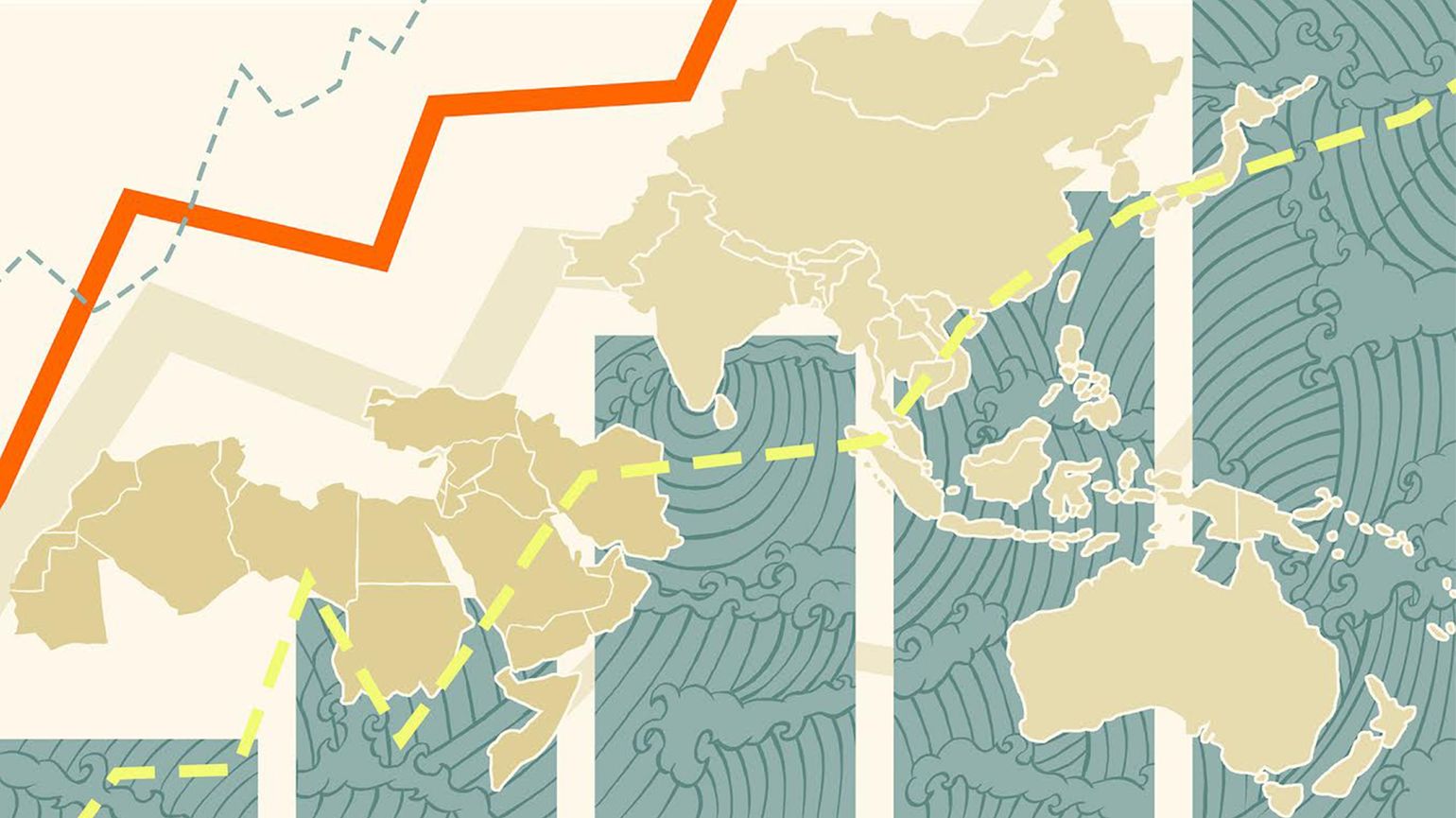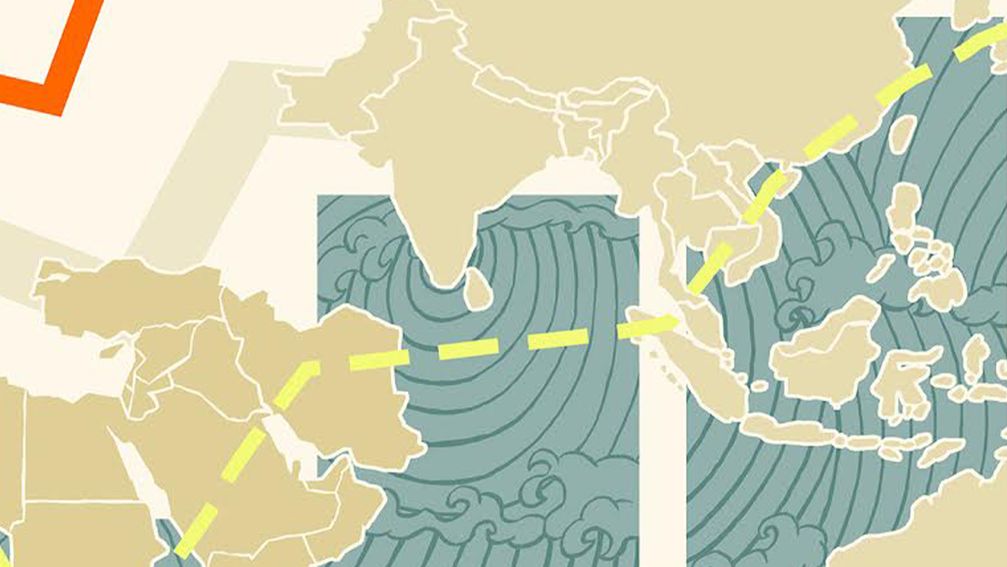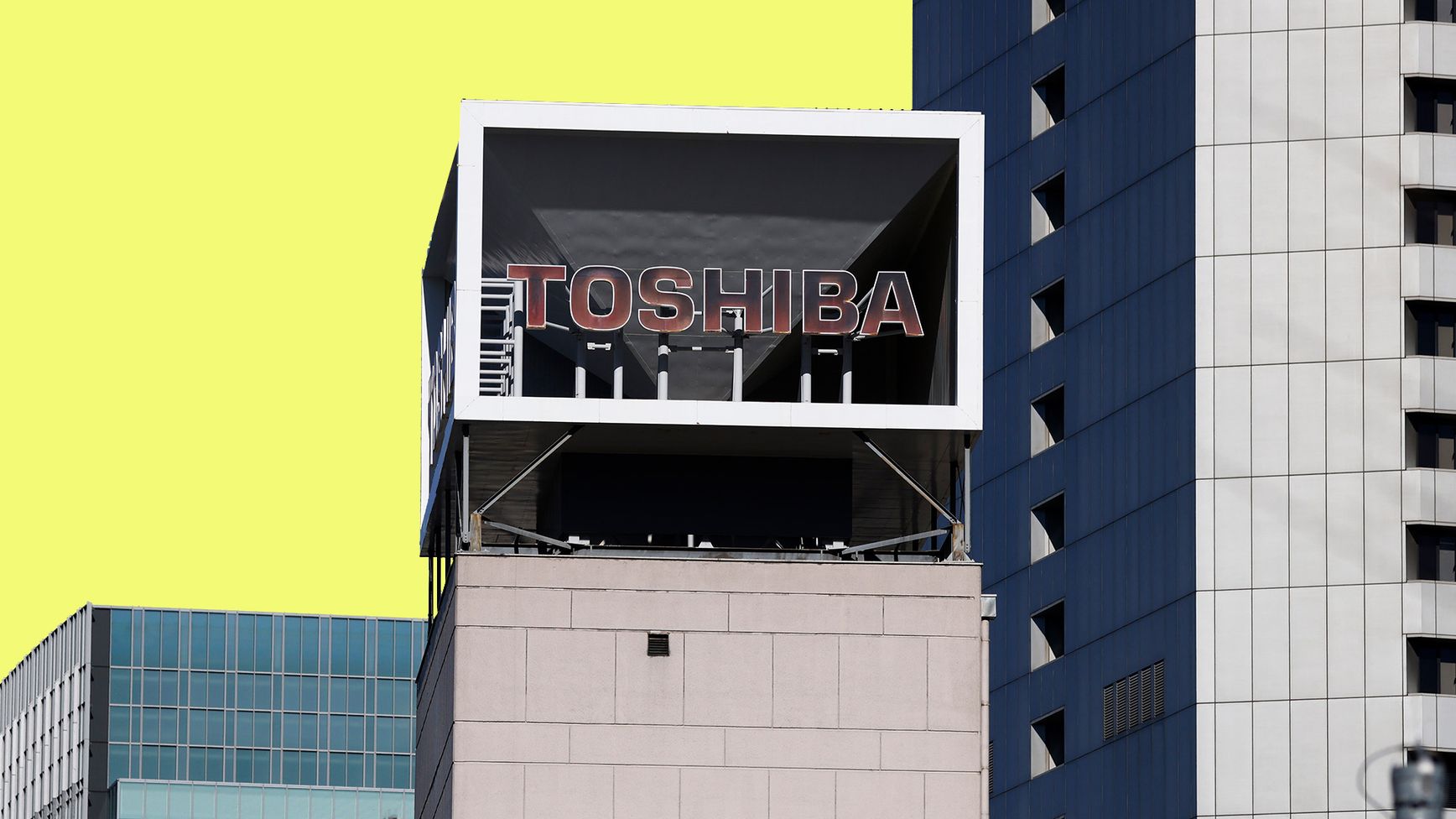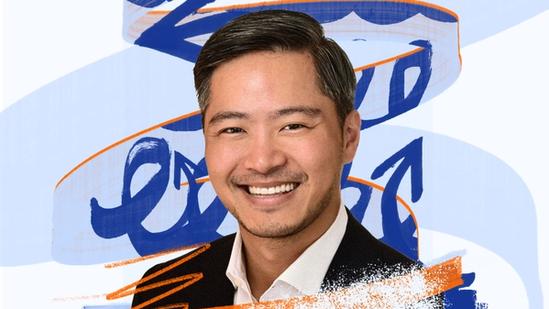As Emerging Asia Mints Millionaires, Single-Family Offices Are Booming


APAC’s wealthiest families are projected to transfer nearly $6tn to the next generation by 2030.
- APAC and MENA have experienced rapid wealth creation over the past three decades, leading to a surge in Single Family Offices.
Over the next few years, Asian single-family offices (SFOs) – the family-owned investment arms of Asia’s super-rich – are set to transfer trillions of dollars to the region’s next generation of ultra-high-net-worth individuals (UHNWIs). However, unlike a large portion of their Western counterparts, where some SFOs have existed for over a century, this will be the first real wealth transfer for many Asian offices, most of which are only a generation or two old.
Where more mature SFOs typically prioritize wealth preservation, newer offices, in both the East and West, often focus on growth. With the Asian SFO space dominated by new funds – as many as 95 percent of Chinese billionaires, for example, built their fortunes in the past two to three decades, while up to a quarter of SFOs in the Middle East and North Africa (MENA) were created in the past five years – the future is unclear. Family offices provide a tried-and-tested way to protect, preserve and transfer wealth, but questions remain over how the next generation will deploy their new capital. Will they pursue preservation or creation? Are they prepared? And what does it all mean for the ‘old guard’ in the West?
A new era in Eastern wealth
According to Deloitte, the number of SFOs in the Asia Pacific (APAC) region has exploded over the past three decades, surpassing Europe while trailing North America, fueled by wider economic growth and entrepreneurial success.
It’s a similar story in the Middle East and North Africa (MENA), where Deloitte forecasts a 20 percent rise in family offices by 2030. According to research by HSBC, the UAE, in particular, has become a popular location for UHNW families and their offices, housing nearly half of those in MENA..
Across Asia, firms are focusing on wealth creation rather than preservation, with a bias towards private markets and the fast-growing tech sector. In China, Blue Pool Capital, Alibaba co-founder Joseph Tsai’s family office, made headlines in 2017 when it purchased a 49 percent stake in the Brooklyn Nets, a US basketball team. Blue Pool took full control of the Nets two years later. Elsewhere, India’s Kothari family – leaders in the bullion industry – founded Aarii Ventures in 2023 to grow their wealth via private equity and venture capital investments, with a strong presence in both India and the UAE. In Dubai, Wami Capital, founded in 2021 as the SFO of the Ramakrishnan family’s Transworld Group invests across public and private markets, including seed and pre-seed investments in e-commerce, healthcare and software industries, particularly in India.
“Over the next decade, single family offices in Asia will be characterized by a wealth transfer from the first to the second generation”
Much of this creation derives from a ‘hands-on’, keep-it-in-the-family approach. In MENA, for example, research from the Tharawat Family Business Forum found that most families retain complete control over the businesses that initially generated their wealth. This preference extends to the family office, which is often embedded within the family business, sharing leadership personnel and infrastructure.
As a result, many consider investments in the same or adjacent industries as their family business as lower risk – they know the markets, understand the dynamics and can leverage their expertise. To that aim, the preference is often for direct investment, where entrance, ongoing involvement and exit terms are negotiated by the family office itself. This is not always the case, however, with some SFOs looking to private equity funds for deals and diversification. Hong Kong’s RS Group, for example, only holds a small number of direct investments, opting instead to invest in external private funds.
In the face of rising inflation and long-term volatility, family offices in Asia Pacific remain more focused on developing markets, with a preference for local markets – such as China and India – and real estate. Sustainability investment is an increasing priority globallyy, and this is particularly true for APAC family offices’, where sustainability led allocations are expected to double in the next five years.
The next generation
Over the next decade, single family offices in Asia will be characterized by a wealth transfer from the first to the second generation. In the MENA region 81 percent of family offices surveyed by HSBC believe their next-gens will assume control within 10 years. In the Asia Pacific region, a similar pattern is emerging. By 2030, the richest families in Asia Pacific will hand down almost $6tn, according to McKinsey, with many creating family offices to protect assets and ensure greater control over the process.
This looming transition sparks concerns over whether the next generation is adequately prepared. In China, for instance, the legacy of the one-child policy has narrowed the pool of potential successors, exacerbating worries over leadership readiness. This could accelerate a shift towards greater reliance on external expertise – whether through investment advisers or increased allocation to managed funds, where expertise can be more readily found. This would mark a departure from founder-led, direct investment strategies traditionally favored by family office founders.
As SFOs in APAC and MENA continue their rapid expansion, they are reshaping the traditional family office model, balancing wealth creation with preservation while prioritizing control and strategic investments. With the incoming wealth transfer, evolving investment strategies, growing professionalization, and increasing global diversification, these family offices are set to play a crucial role in shaping the economic landscape of their regions.
ThinQ by EQT: A publication where private markets meet open minds. Join the conversation – [email protected]





